Seafood Expo North America: Computer vision is filling emerging roles in both aquaculture and fisheries
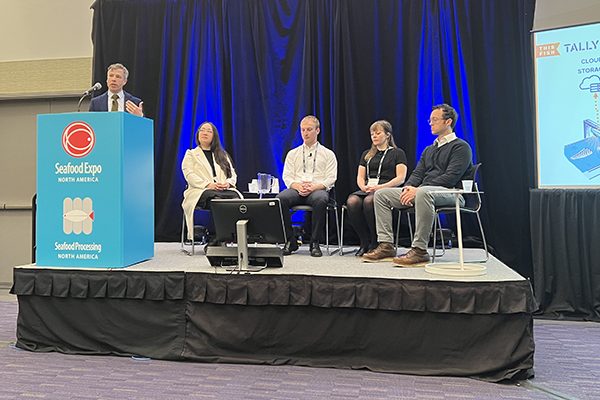
It’s in our cars, it’s in our phones and it’s in our seafood technologies, too. Artificial intelligence (AI) is a “part of our everyday lives” and is at the heart of the fourth industrial revolution, which is all about data.
That’s the message that Eric Enno Tamm, CEO and co-founder of ThisFish delivered to Seafood Expo North America attendees last week when he and other technology experts discussed the role of AI in aquaculture and in fisheries management today.
There are three factors driving this technological revolution, he added: First is the proliferation of data and a global focus on capturing data and analyzing it for decision-making. “Every two years, the amount of digital data in the world almost doubles,” Enno Tamm said, adding that there are nearly 400 software applications focused on seafood in some way or another – all of which can be perused on the ThisFish Seafood Software Directory. And overall, in the last three years, the “vast majority of these new software apps have AI at their root,” he said.
The second factor in AI technology’s growth is the fact that it is improving; Enno Tamm said AI is getting better at image recognition than humans are. Additionally, many of the new AI-empowered seafood technologies are centered around image recognition, which has countless applications for aquaculture, seafood processing and fisheries management. So-called computer vision is essentially turning images into numbers and patterns and analyzing them.
But lastly, and perhaps most importantly, AI is getting cheaper: “Since 1990, the price of fish has gone through the roof, but the price of technology has gone down while getting exponentially better,” he said.
Leah Buckley, product manager at Global Fishing Watch, said that AI is helping the watchdog organization to better capitalize on the data it captures from satellites and other free and open sources. Global Fishing Watch tracks fishing activities and monitors what’s happening in the ocean by capturing and analyzing data from the global Automatic Identification System (AIS) that fishing vessels of certain sizes must be equipped with. AIS provides billions of data points that machine learning processes to provide actionable insights for Global Fishing Watch Map users, who are typically fisheries enforcement officers and researchers.
With AI-empowered tools, the group can estimate where vessels are likely to be fishing, what type of gear they’re using, where they may be transshipping at sea, entering port and even disabling their AIS.
“Transparency and free and open data are critical to fighting [illegal, unregulated and unreported] IUU fishing and better managing our waters,” said Buckley.
Ben Gilmer, associate director at The Nature Conservancy, said electronic monitoring (EM) of boats is like a “sophisticated home security system” that includes technologies like GPS and onboard video cameras. These efforts help prevent overfishing, he said, and help to inform stock assessments or end species recovery plans.
Less than 2 percent of the global fishing fleet accounts for more than half of the world’s catch, Gilmer said, and in major industrial fisheries like longline tuna in the high seas, “a good deal less than 5 percent have independent monitoring,” said Gilmer.
In the last decade, he added, the use of AI in fisheries management and electronic monitoring has gone from “impossible to largely inevitable.” What began as small trials with a handful of vessels is now a major commitment on the behalf of companies like Thai Union, which has pledged 100 percent on-water-monitoring in its tuna supply chain by 2025.
“Even with all this momentum, there’s an urgent need to make EM affordable, more efficient, more actionable,” he said, and investments in AI are needed.
Ai.Fish may be one of those solutions. Justin Kay, co-founder and CTO of the company, said it is building a computer vision platform for EM. Computer vision is a subset of AI that can automate tasks like reviewing video footage captured on fishing vessels.
Wild or farmed, most fish enters a seafood processing plant and this is where ThisFish comes back into play. The Canada-based company develops software for seafood supply processors to automate and digitize their data collection. And it now uses computer vision to make seafood processing “smarter.”
Enno Tamm said ThisFish’s latest product, Tally Vision, uses cameras in seafood processing plants to generate precise and accurate inspection of processors’ work. Tally Vision records all fish fillets coming off the production line, and the captured images are computed in the cloud to analyze color and a variety of defects like gaping, trenching and softness.
From analyzing and comparing one company’s processing data that processes both wild Alaska sockeye salmon and farmed Atlantic salmon, Enno Tamm was able to tease out that quality control measures needed to be implemented for sockeye. The farmed salmon fillets that were analyzed via AI showed a trend of 5–10 percent defects, while defects in wild Alaska sockeye salmon fillets ranged from 25–55 percent.
“Seafood supply chains have been notoriously opaque,” Enno Tamm said. “We love secrecy. I think that big data and the patterns in the data, most companies don’t know this. If you’re a company that can get ahead of the game and understand these patterns, you’re going to have a lot of information that other companies don’t. And that’s the new secrecy in a way.”
Follow the Advocate on Twitter @GSA_Advocate
Now that you've reached the end of the article ...
… please consider supporting GSA’s mission to advance responsible seafood practices through education, advocacy and third-party assurances. The Advocate aims to document the evolution of responsible seafood practices and share the expansive knowledge of our vast network of contributors.
By becoming a Global Seafood Alliance member, you’re ensuring that all of the pre-competitive work we do through member benefits, resources and events can continue. Individual membership costs just $50 a year.
Not a GSA member? Join us.
Author
-

James Wright
Editorial Manager
Global Seafood Alliance
Portsmouth, NH, USA
Tagged With
Related Posts
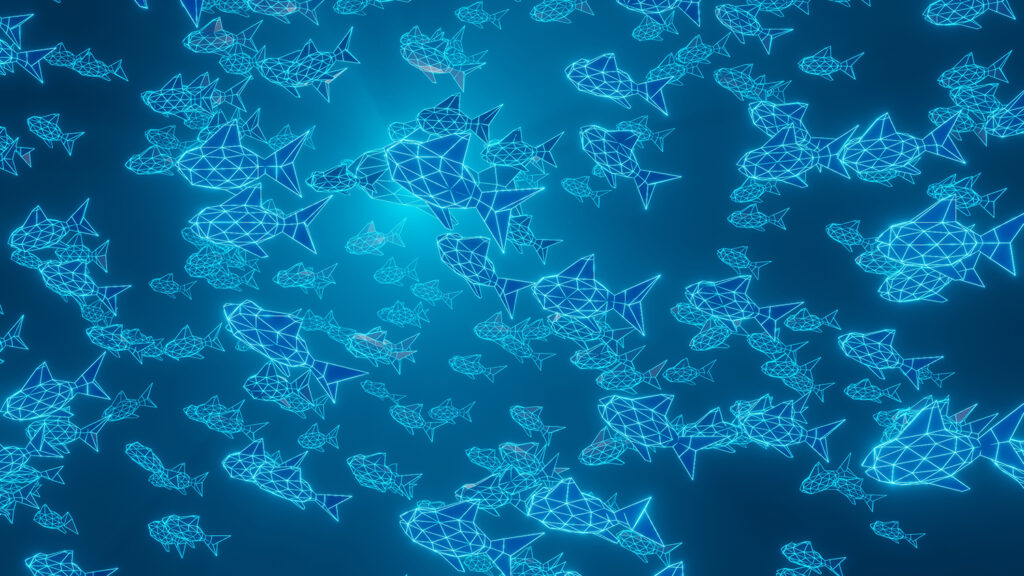
Innovation & Investment
‘AI ticks all the boxes’ and is proving to be a perfect match for aquaculture
Artificial intelligence (AI) is rippling through the aquaculture industry, promising greater efficiencies and insights, as well as investor interest.
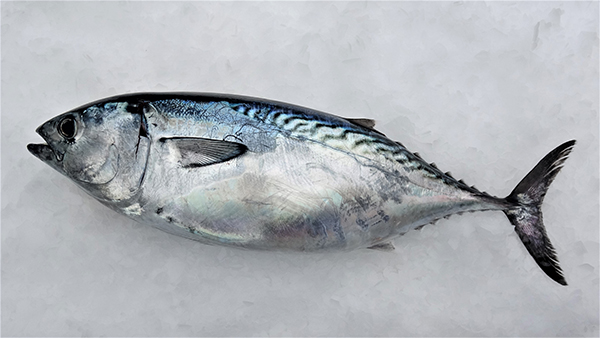
Intelligence
Artificial intelligence is taking fish farming (and sushi) in Japan to greater heights
From artificial intelligence to remotely operated vehicles, new technologies offer Japanese aquaculture improved efficiency and insights into fish farming.
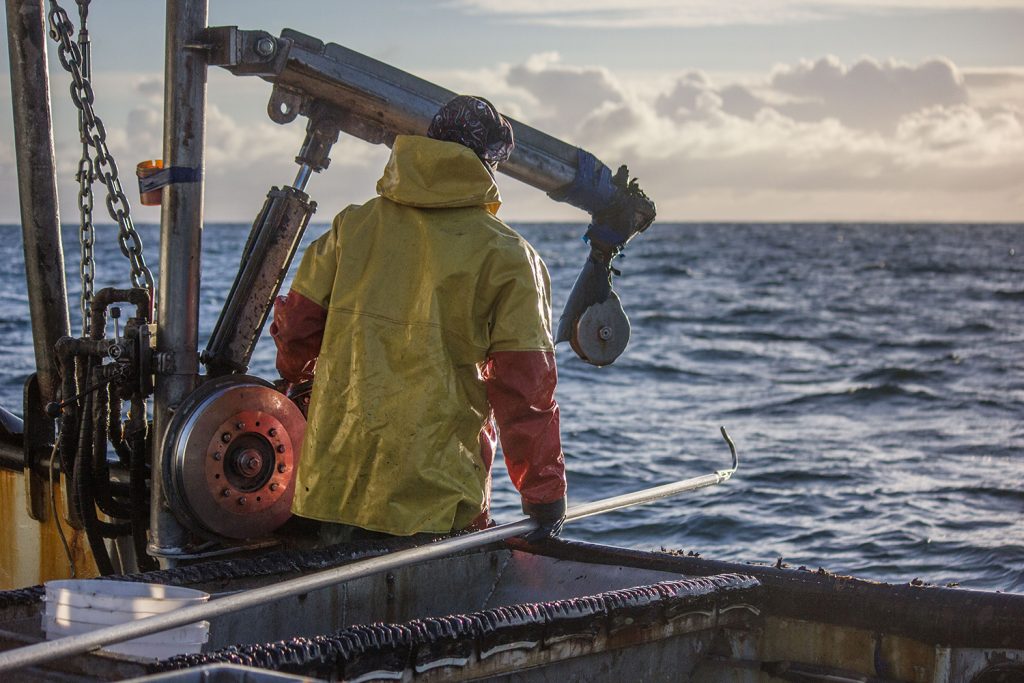
Fisheries
Artificial intelligence is already helping improve fisheries, but the trick is in training the tech
Artificial intelligence is providing valuable data to fisheries, cutting costs and the need for human review. Can the technology be perfected?
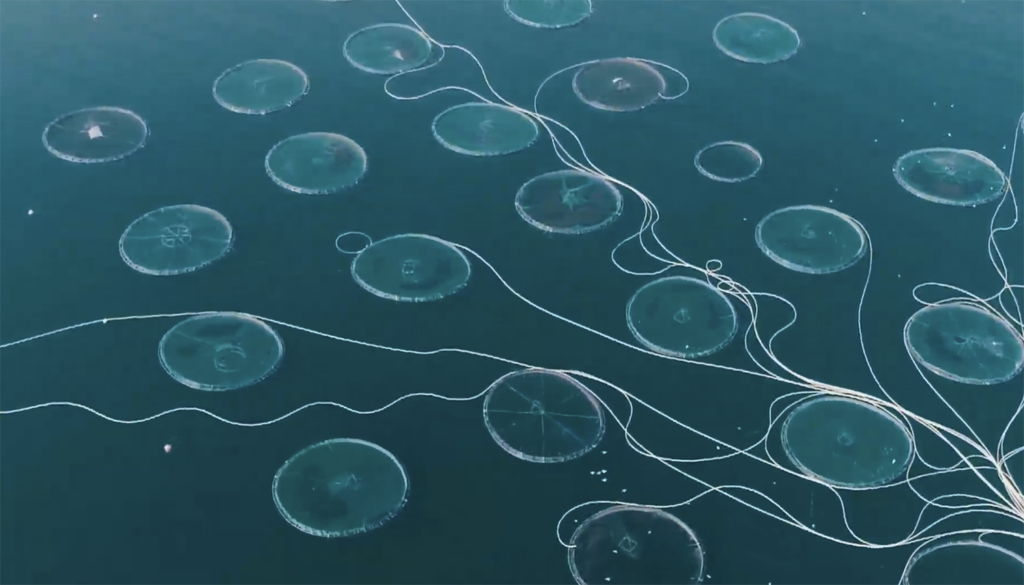
Innovation & Investment
Apps, AI and algae: Meet Hatch Blue’s fourth cohort
Hatch Blue’s fourth cohort performed their pitches online for the first time, showcasing a spectrum of aquaculture product and service businesses.


